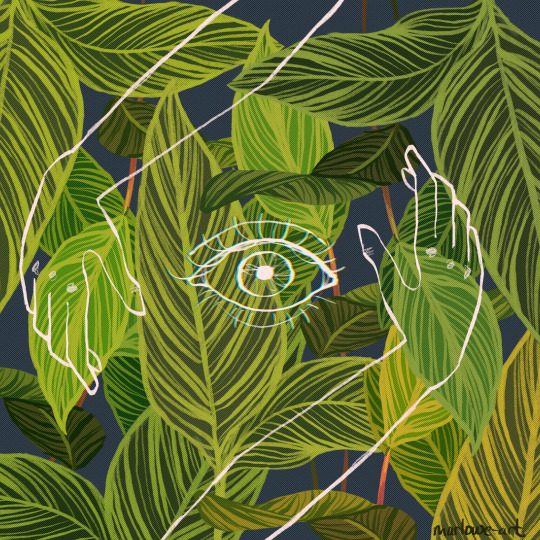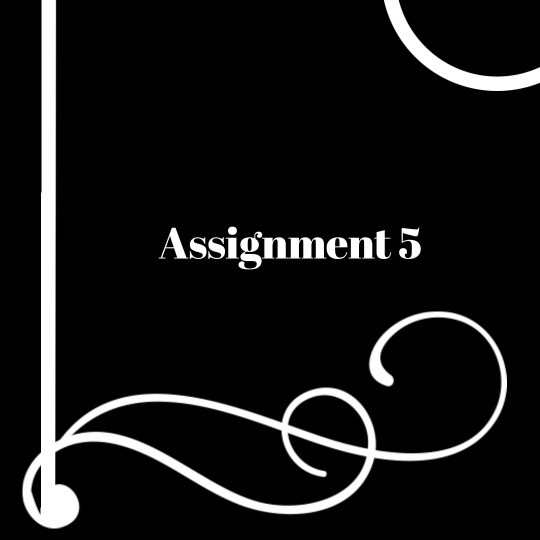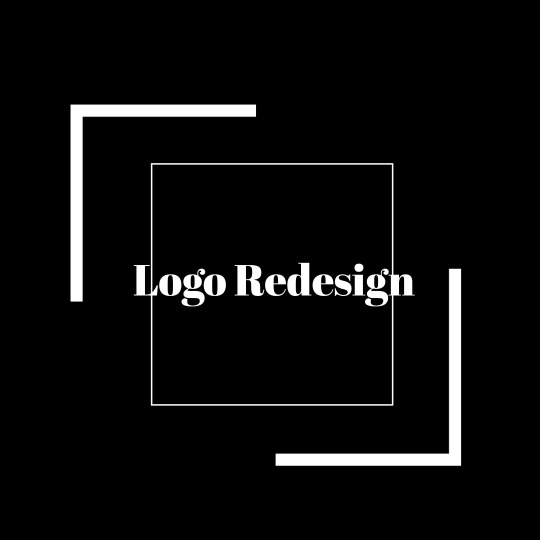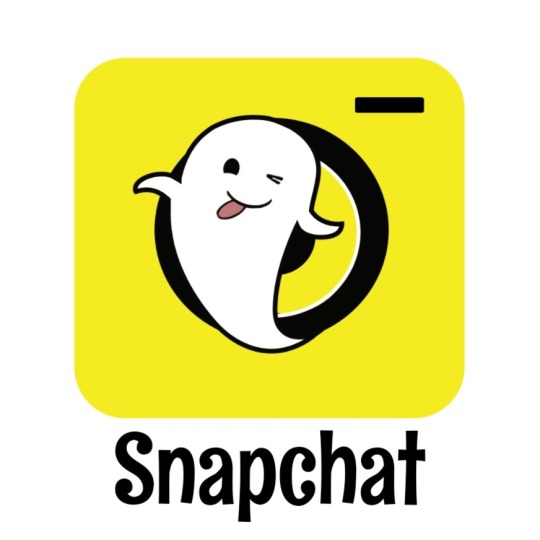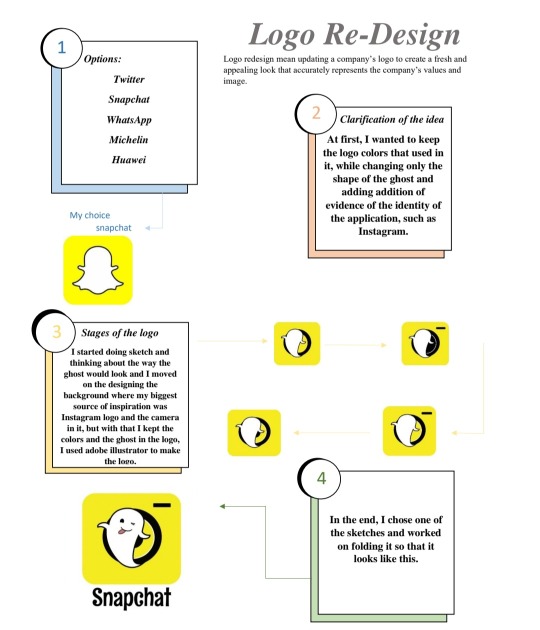Fahion Designer passionate artist 20YO. | LEO "The best way to make your dreams come true is to wake up." •Paul Valery Art & design student - UOB
Don't wanna be here? Send us removal request.
Text
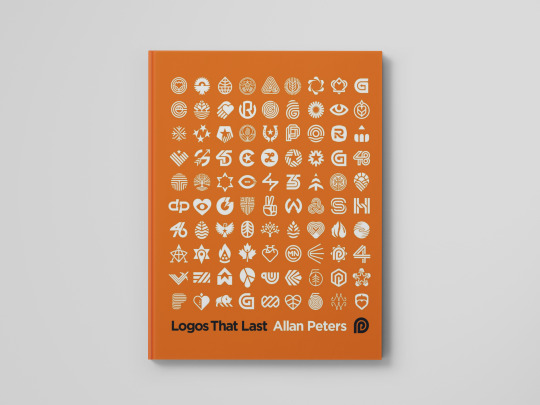
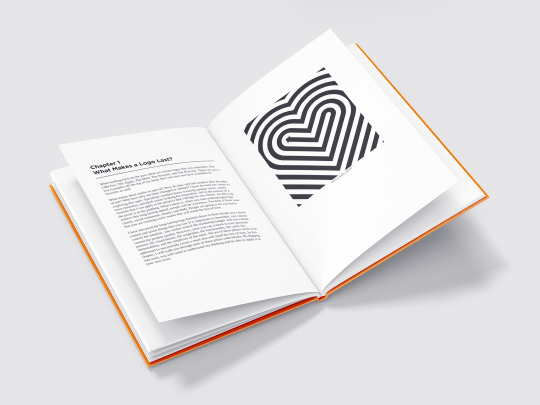
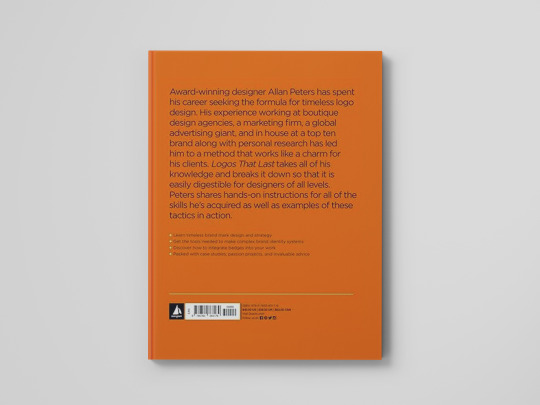
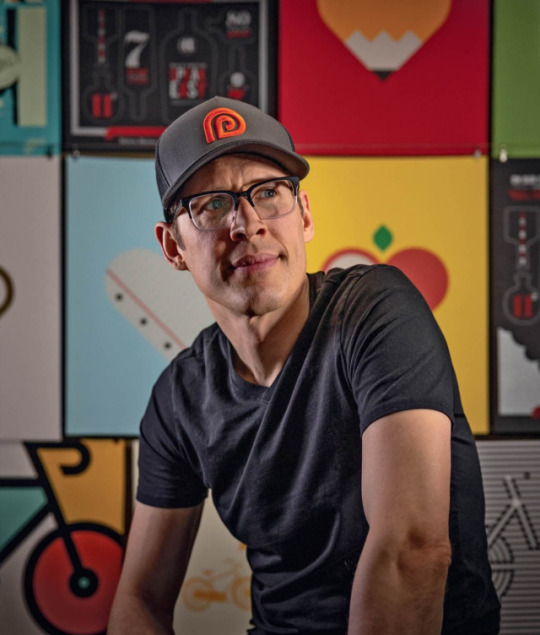
Author name: Allan Peters
Book title: Logos That Last: How to
Create Iconic Visual Branding
Pages: 208 pages
Year of Publication: 2023
Publisher: Rockport Publishers
About the Author:
Allan Peters is a notable designer and author, recognized for his work in graphic design, branding, and typography. He has a strong presence in the design community, particularly known for his contributions to visual identity and user experience design. Peters has worked with various high-profile brands and has a distinct style that often blends modern aesthetics with a touch of retro influence.
About the Book:
"Logos That Last: How to Create Iconic Visual Branding" by Allan Peters is a comprehensive guide focused on the principles and practices of effective logo design. The book aims to equip designers with the tools and insights necessary to create memorable and enduring brand identities.
Introduction
In the introduction, Allan Peters shares his journey as a designer and the motivations behind writing the book. He emphasizes that a successful design career relies on dedication, passion, and continuous learning, rather than just innate talent. Peters illustrates how each project enriches a designer's understanding of branding, highlighting the iterative nature of the design process.
He advocates for lifelong learning and engaging with diverse disciplines to enhance creativity and problem-solving. By merging personal experiences with industry insights, Peters inspires both novice and seasoned designers to embrace their craft. Ultimately, he asserts that dedication and a commitment to growth can lead to the creation of logos that resonate with audiences and stand the test of time, fostering iconic visual branding.
Chapter 1: What Makes a Logo Last?
This chapter explores the essential elements that contribute to the longevity of iconic logos. Peters identifies three factors beyond the designer's control—timeline, marketing budget, and product quality—and seven controllable elements: personal passion, visual beauty, originality, functionality, colour, memorability, and simplicity. He explains how these factors come together to create logos that stand the test of time.
Chapter 2: Brand Mark Process
Peters outlines his unique and meticulous six-week logo design process. He emphasizes the importance of client education and a clear methodology to ensure successful outcomes. This process includes thorough research, brainstorming, sketching, and refinement, culminating in a logo that is both effective and enduring.
Chapter 3: Inspiration Hunting
In this chapter, Peters advocates for sourcing inspiration beyond digital platforms. He encourages designers to explore antique stores, estate sales, and small-town museums to discover timeless and unique designs. This approach enriches a designer's work and helps avoid the homogenization often seen in the design community.
Chapter 4: Badge Design Process
Peters challenges the conventional dismissal of badge designs, arguing for their versatility and rich storytelling potential. He explains how to create modular brand systems that include badges, enhancing a brand's identity and making it more memorable.
Chapter 5: Brand Extensions
Peters discusses the importance of integrating brand elements across all design aspects. By incorporating the core elements of a brand mark into patterns, icons, custom typography, and illustrations, designers can maintain strong branding without needing overly prominent logos.
Chapter 6: Brand Evolution
Rather than starting from scratch, Peters highlights the strategic benefits of evolving existing logos to retain brand equity. He provides examples of how subtle refinements can enhance a logo's design while preserving its familiarity and recognition.
Chapter 7: The Shop
During the 2020 pandemic, Peters leveraged his passion for design by creating an online shop. He shares insights into merchandise design and the creative process behind his products, demonstrating adaptability and entrepreneurial spirit.
Chapter 8: Case Studies
Peters presents real-life projects to illustrate how his principles and processes can be applied to various clients' needs and budgets. Each case study showcases the creation of enduring brand identity systems, providing practical examples for readers.
Chapter 9: Passion Projects
Emphasizing the importance of passion in graphic design, Peters encourages designers to pursue passion projects to refine their skills and fuel their creativity. He shares personal anecdotes and underscores the value of doing work that truly inspires and motivates.
Conclusion
Allan Peters skillfully combines theoretical insights with practical advice in **"Logos That Last", providing a valuable guide for designers seeking to create impactful and enduring visual branding. He emphasizes the connection between design theory and practice, illustrating how a strong grasp of fundamental principles enhances the creative process.
Peters advocates for dedication and a systematic approach, essential for crafting logos that engage audiences and foster lasting connections. He also encourages reflective practice, urging designers to consider the cultural and historical contexts of their work. Ultimately, **"Logos That Last"** serves as both a practical resource and an inspiring guide, equipping designers to create logos that resonate through time and contribute meaningfully to the contemporary branding landscape.
@uob-funoon
#Design#Branding#GraphicDesign#Logos#DesignInspiration#LogoDesign#TimelessDesign#DesignBooks#art and design#uob#FA426#art#AllanPeters#LogosThatLast#uob_funoon
3 notes
·
View notes
Text
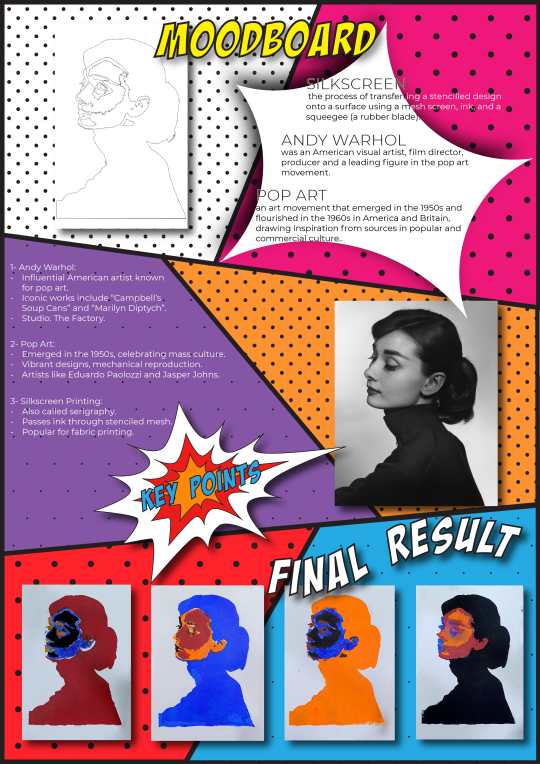
Printing & colour separation techniques FA327 - The process of making silkscreen printing ( serigraphy )
0 notes
Text

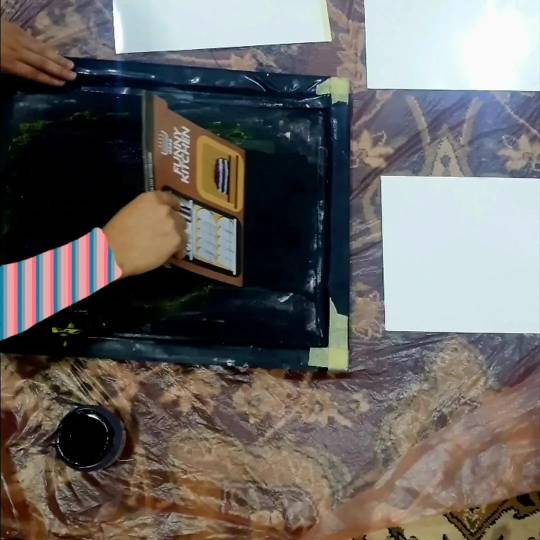
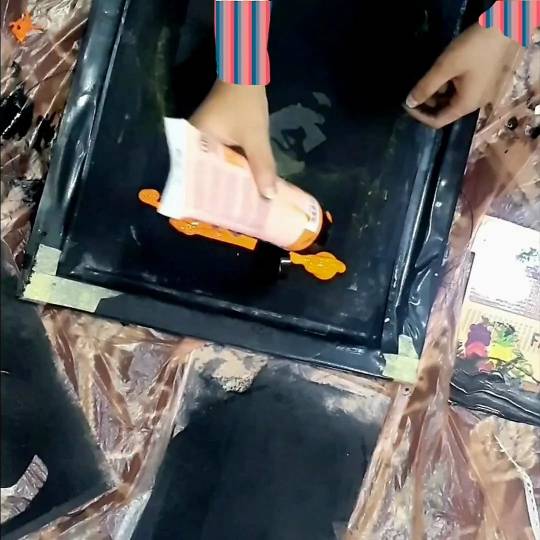

Printing & colour separation techniques FA327 - The process of making silkscreen printing ( serigraphy )
0 notes
Text
logo analysis

Q : Does the logo embody the brand itself? A high-quality logo will say exactly who you are, right from the start.
A : Since the arrow in the logo was inspired by the early 20th-century double herringbone-shaped Polish metal gear system that founder André Citron discovered while still a student while visiting his family in Poland, the design of the logo does embody the brand.
Q : Is the logo aesthetically pleasing?
A : This design does not appeal to me in terms of aesthetics.
Q : Color?
A : Air Superiority Blue.
Q : Size?
A : Width : 6.5"
Length : 4.88"
Q : Is the logo memorable and identifiable?
A : It is simple enough to remember and is simple enough to identify.
Q : Is the logo functional? Symbol-driven logos tend to be the most versatile in all types of environments.
A : It is functional due to its simple design, which consists of just an oval shape with two arrows inside of it.
Q : Additional notes.
A : I believe that this design has to be improved in terms of aesthetics.
#art project#artist#art and design#art#graphic designer#graphic design#design#logo#car#uob#uob funoon#fa222
3 notes
·
View notes
Text
logo analysis

Q : Does the logo embody the brand itself? A high-quality logo will say exactly who you are, right from the start.
A : The logo, which depicts the creator's name but also has a wealth of symbolism, is made up of two entwined letter Cs that embody the brand.
Q : Is the logo aesthetically pleasing?
A : It's aesthetically pleasing because its appeal creates a sense of riches and luxury.
Q : Color?
A : Black.
Q : Size?
A : Width : 6.5"
Length : 4.17"
Q : Is the logo memorable and identifiable?
A : Being so straightforward and for a well-known fashion brand, it is both easily identifiable and memorable.
Q : Is the logo functional? Symbol-driven logos tend to be the most versatile in all types of environments.
A : Because of its straightforward design and interlaced letter C, it is functional.
Q : Additional notes.
A : I find the Chanel logo design to be one of the most exquisite logos visually.
#art#art project#art and design#graphic designer#design#graphic design#denim#logo#fashion#brand#uob#uob funoon#fa222
2 notes
·
View notes
Text
advert analysis

Q : Who or what is being represented? Who is the preferred audience to this representation?
A : This advertising portrays a cigarette and is preferred to both men and women and older individuals.
Q : What are they doing? Is their activity presented as typical or atypical?
A : They made a poster advertisement with a picture of a person and, of course, the main element that symbolizes the product (a cigarette ).
Since this design was created in the 1950s, it is atypical because modern advertisements rarely use this style of ads.
Q : Why are they presented? What purpose do they serve? What are they communicating by their presence?
A : They display the product (the cigarette), they demonstrate to the audience why it is the best product available.
Be Happy – Go Lucky!
Q : Where are they? Are they represented as natural or artificial? What surrounds them? What is the foreground? What is the background?
A : The locations of the characters are not immediately clear, the characters are simply utilized as pictures; they are made up. With some sentences, there are product illustrations and brand logos surrounding the character illustrations. The advertisement's main character is the woman in the front, while the other characters are seen in the background.
#art project#art#artist#advertanalysis#graphic designer#graphic design#art and design#design#uob#uob funoon#fa222
1 note
·
View note
Text
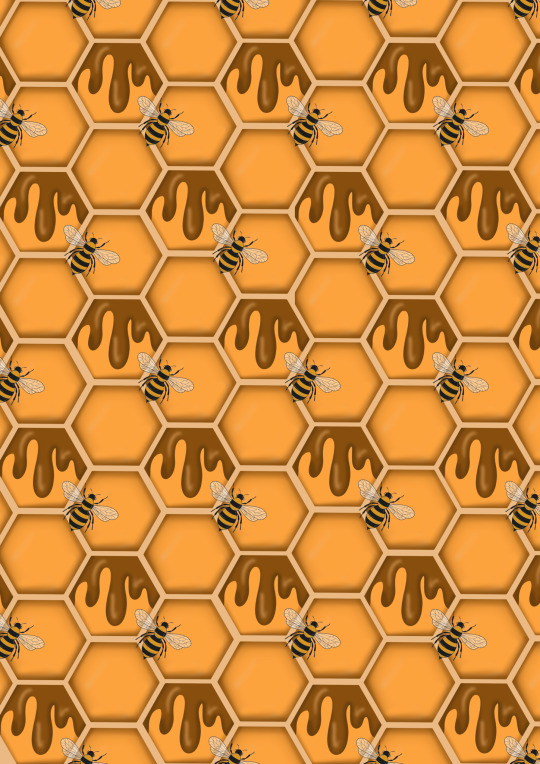
Assignment 6 was our last assignment for this subject. It was a presentation about “pattern” and how we needed to create a design that represents “pattern” and this was our idea we used honey hive,bees and honeys.
26 notes
·
View notes
Text

here I designed a poster movie in Adobe Photoshop.. like+comment😊.
COURS:FA223
25 notes
·
View notes
Text
exercise 7b
designing owl using adobe illustrator

#art project#art and design#graphic designer#graphic design#design#adobeillustrator#uob#uob funoon#fa222
1 note
·
View note
Text
exercise 7A
designing a side slice of a pizza using adobe illustrator

#graphic designer#graphic design#design#art project#art and design#art#adobeillustrator#uob#uob funoon#fa222
6 notes
·
View notes
Text

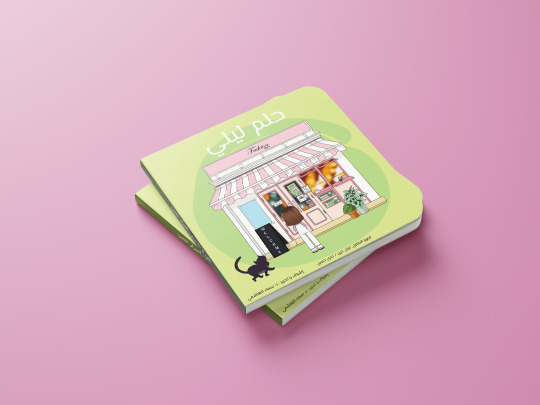
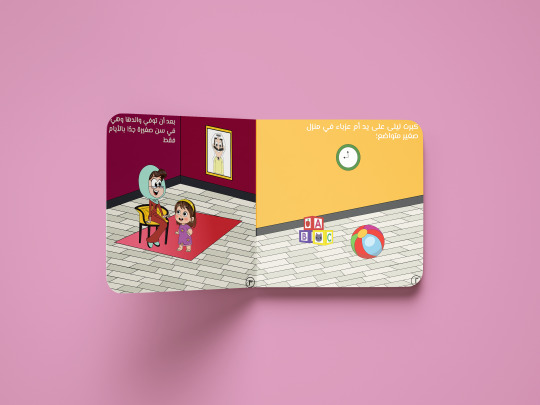
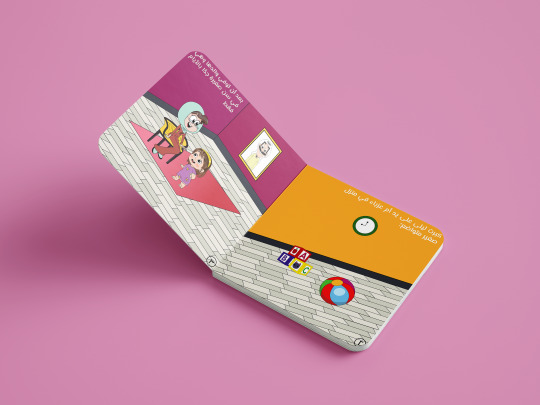
قصة: حلم ليلى
نبذة القصة : تتمحور القصة حول فتاة صغيرة تدعى ليلى نشأت في أسرة فقيرة تدير متجراً صغيراً للخياطة.
نشأت ليلى وهي تعشق الموضة لأنها من صغرها كانت تراقب والدتها، وهي تصنع املابس للناس.
مع ازدياد شغفها بصانعة الملابس بمرور الوقت، قررت ممارسة مهنتها كمصممة أزياء، ولكن نظراً لوضعها المالي الصعب، واجهت تحديات لتحقيق حلمها.
ما هي التحديات التي واجهت ليلى، وما الذي ستفعله لتخطيها؟
نص وتصميم: أسرار حسن إبراهيم
تصور الطفلتين: ليان دين / ندى حسن
إشراف وتحرير: د. سماء الهاشيمي
#story#kids stories#story making#mockup#graphicdesign#graphic designer#art#illustrator#illustration#artist#art & design#designer#uob#uob funoon
9 notes
·
View notes
Text









Landscape Pencil sketchs
Fa214
4 notes
·
View notes
